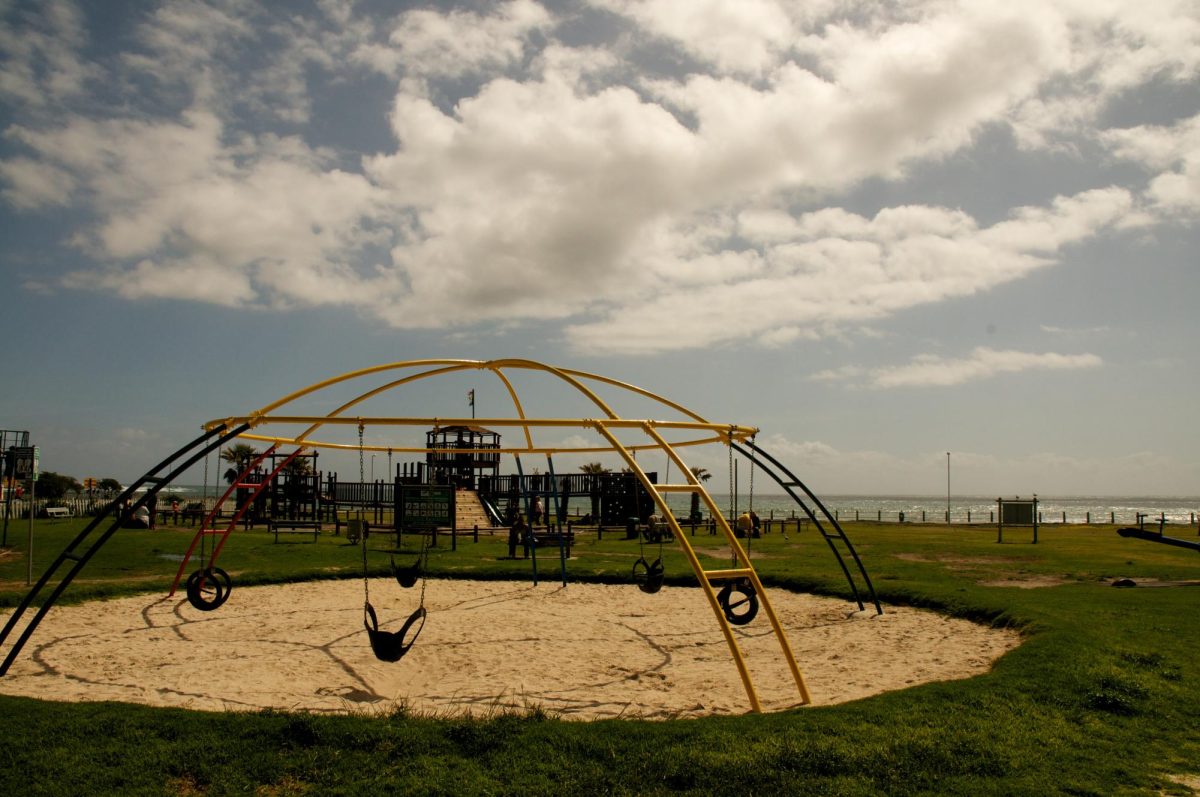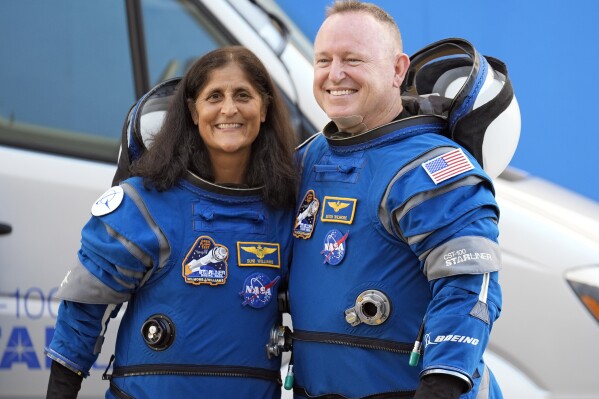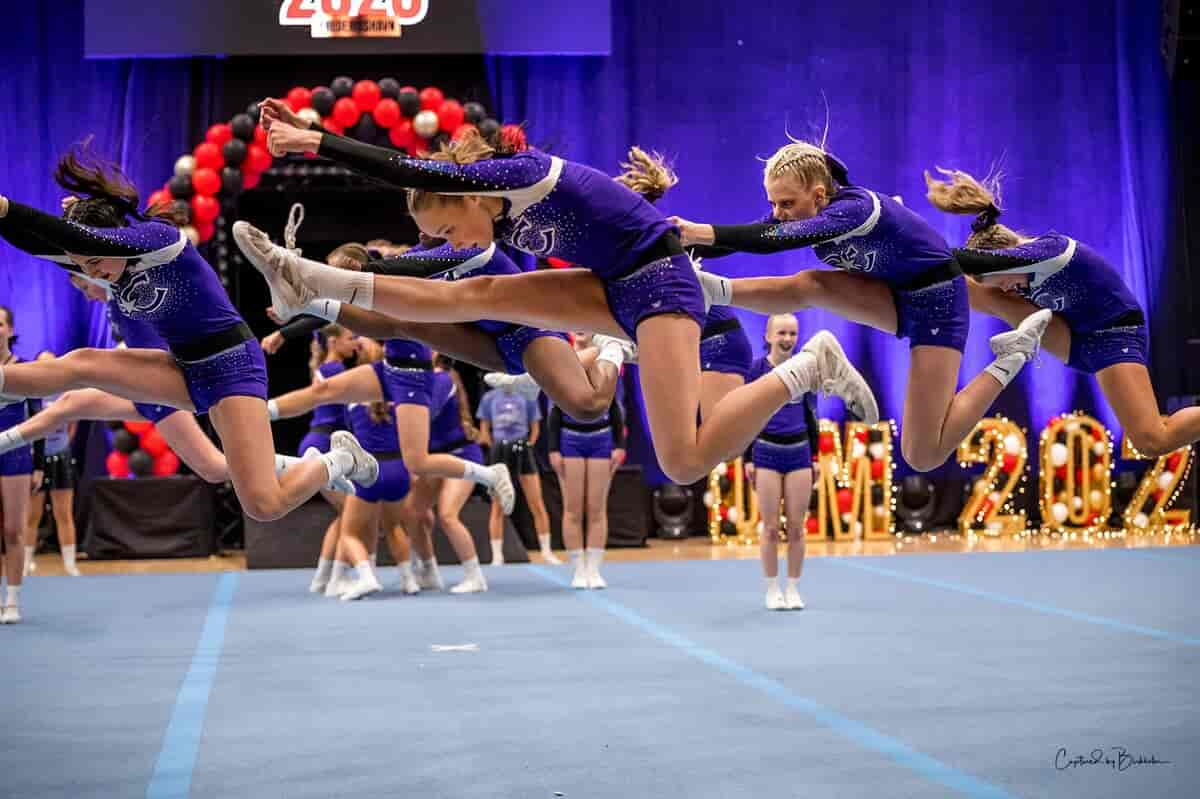On Wednesday, March 12, a two-stage rocket known as Falcon 9 that was manufactured by SpaceX launched two NASA science missions, which would study solar wind and infrared universe. Unfortunately, they were unable to launch Falcon 9 because there were issues with the equipment on the ground.
The agency stated, “The SpaceX Falcon 9 took off from the Vandenberg Space Force Base in California at 11:10 p.m. Eastern. It placed into the sun-synchronous orbit the Spectro-Photometer for the history of the universe, Epoch of Reionization and Ices Explorers (SPHEREx) spacecraft, and four statellies of the Polarimeter to unify the Heliosphere (PUNCH) and Corona mission. All five spacecrafts were in contact with the controllers and functioning as expected after launch.”
NASA was elected to launch PUNCH and SPHEREx together by using the excess capacity within the Falcon 9, which was originally created by SPHEREx because both of the missions were going into very similar orbits. This was part of an approach NASA made in order to have the advantage for ridesharing launch opportunities. On March 7, there was a pre-launch briefing; acting deputy associate administrator for science at NASA Mark Clampin stated, “This is a real change in how we do business. We can maximize the efficiency of launches by two payloads at once.”
The director of NASA mission in SpaceX, Juilanna Scheiman, noted that the company has flown in many commercial rideshare missions, but this became the first time for NASA’s Launch Service program. Also, two more of NASA rideshare launches are being organized towards later on this year by SpaceX, for the TRACERS and IMAP heliophysics missions.
At first, the launch of PUNCH and SPHEREx was being delayed for nearly two weeks because of the launching progress. Julianna Scheiman stated, “We had a series of integration issues that came up. That included problems with equipment called an impedance mismatch assembly to mitigate launch environments that recruited new fasteners. That contributed to a ‘larger portion’ of the delay.” When the spacecraft was encapsulated within the payload fairing, the technicians did find a leak in the pneumatic system which separated the fairing in the flight. This required to remove the payload fairing in order to repair the leak before having to reinstall it. Additionally, weather did delay the transport of the encapsulated payload from the payload processing facility into the launch pad.
Furthermore, there was another attempt made after March 12 on Thursday, March 13, but it was canceled because of the weather. A statement written on March 12 stated, “NASA and SpaceX have scrubbed Wednesday’s launch attempt of the agency’s Crew-10 mission to the International Space Station due to a hydraulic system issue with a ground support clamp arm for the Falcon 9 rocket at Launch Complex 39A at NASA’s Kennedy Space center in Florida.” They also said, “Launch teams were waiting for ideal weather and adjustments to the hydraulic systems ground support clamp before slating the rocket’s next departure.”
On Thursday, March 13, NASA and SpaceX wrote in an update stating, “Mission managers met this evening and decided to wave off a launch attempt on Thursday, March 13, due to high winds and precipitation forecasted in the flight path of Dragon.” They also said, “NASA’s SpaceX Crew-10 now is targeting no earlier than 7:03 p.m. EDT Friday, March 14 to launch four crew members to the International Space Station.”









